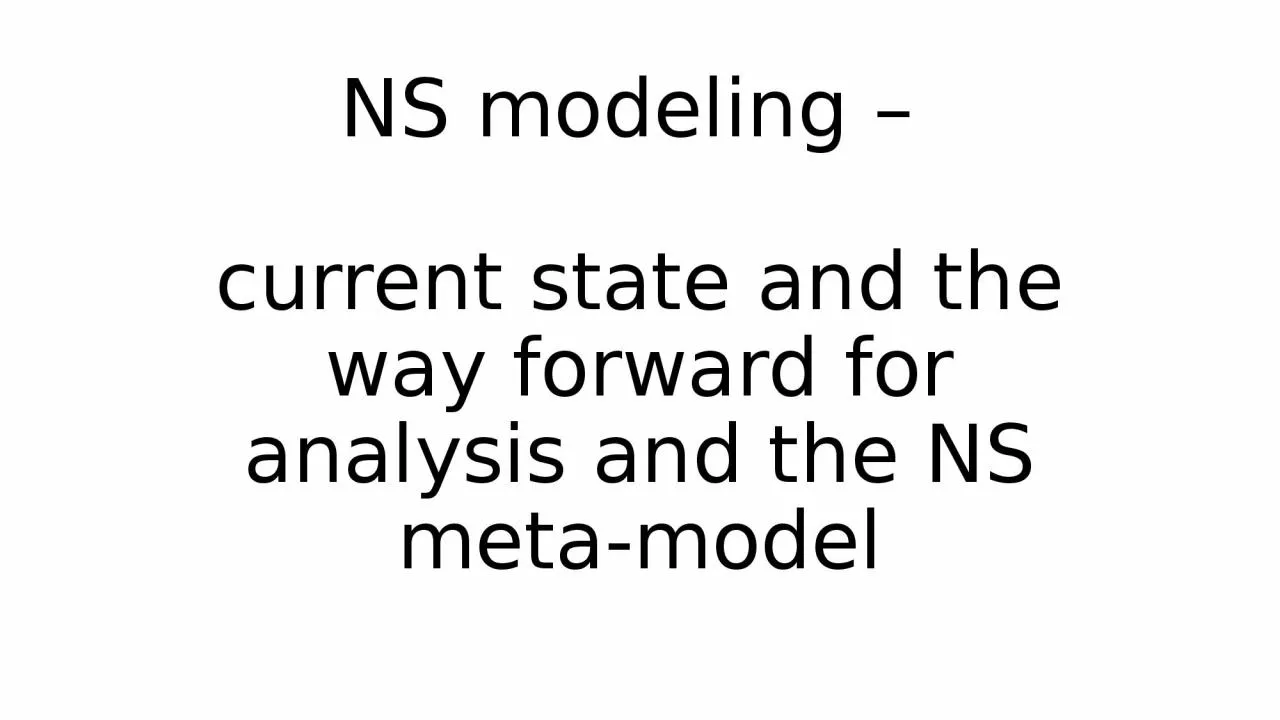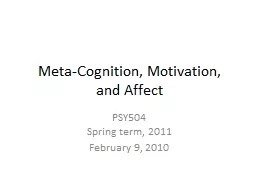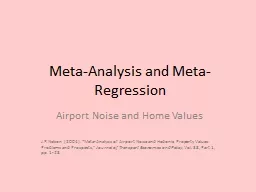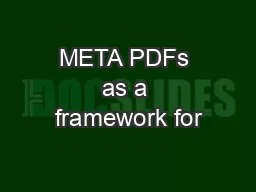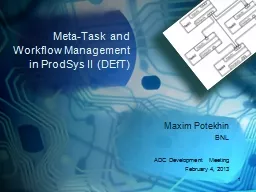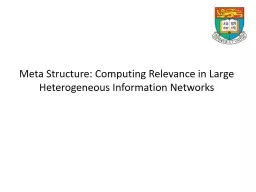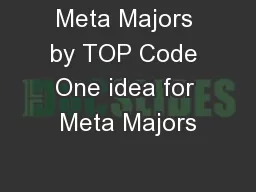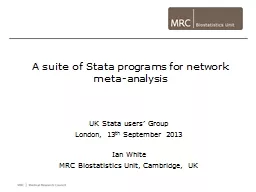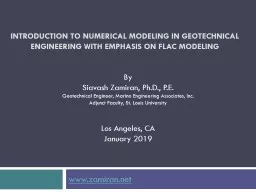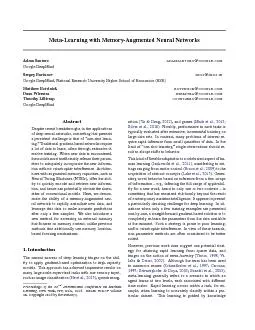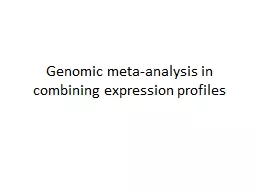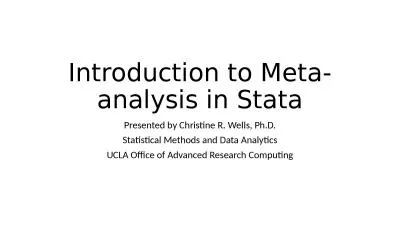PPT-NS modeling – current state and the way forward for analysis and the NS meta-model
Author : amey | Published Date : 2023-07-22
NS Modeling Current state NS analysis and modeling requires the transformation of requirements into data tasks and flows DATA TASK FLOW NS Modeling Current
Presentation Embed Code
Download Presentation
Download Presentation The PPT/PDF document "NS modeling – current state and the w..." is the property of its rightful owner. Permission is granted to download and print the materials on this website for personal, non-commercial use only, and to display it on your personal computer provided you do not modify the materials and that you retain all copyright notices contained in the materials. By downloading content from our website, you accept the terms of this agreement.
NS modeling – current state and the way forward for analysis and the NS meta-model: Transcript
Download Rules Of Document
"NS modeling – current state and the way forward for analysis and the NS meta-model"The content belongs to its owner. You may download and print it for personal use, without modification, and keep all copyright notices. By downloading, you agree to these terms.
Related Documents

